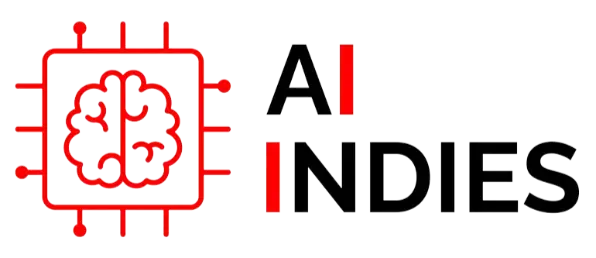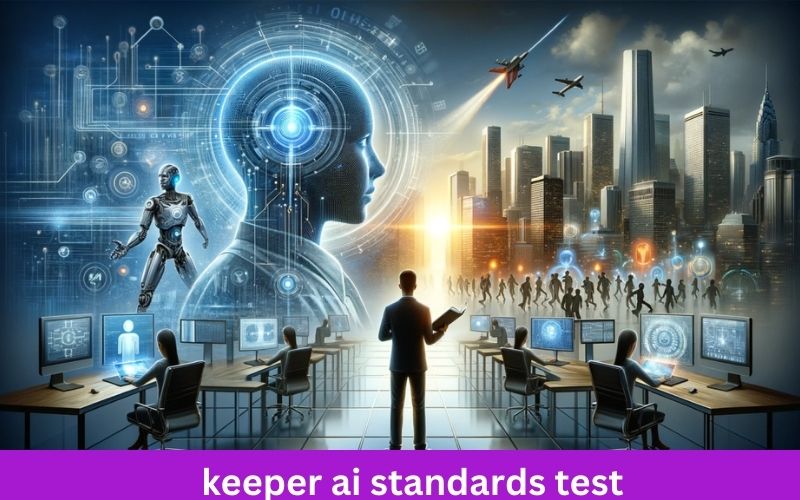In today’s rapidly evolving technological landscape, keeper ai standards test (AI) is playing an increasingly pivotal role in various aspects of our lives. From healthcare and finance to transportation and entertainment, AI-powered systems are transforming industries and reshaping the way we interact with the world. However, with the immense potential of AI comes the crucial responsibility of ensuring its safe and ethical development. This is where the AI Standards Test comes into play.
Understanding the Keeper AI Standards Test
The AI Standards Test is a comprehensive evaluation framework designed to assess the safety, reliability, and ethical implications of AI systems. It provides a rigorous set of criteria that AI developers must adhere to in order to ensure that their creations are trustworthy and aligned with human values. By subjecting AI models to a series of tests and evaluations, the Keeper Test helps to identify potential risks and vulnerabilities, ultimately safeguarding the public from unintended consequences.
Key Components of the Keeper AI Standards Test
The Keeper AI Standards Test encompasses several key components that are essential for ensuring the safety and reliability of AI systems:
- Safety Assessment: This component involves evaluating the potential risks and hazards associated with an AI system. It includes assessing the system’s ability to avoid causing harm to humans or the environment, as well as its resilience to adversarial attacks.
- Reliability Assessment: Reliability refers to the consistency and dependability of an AI system. This component evaluates factors such as the system’s accuracy, precision, and robustness in different scenarios.
- Ethical Assessment: Ethical considerations are paramount in AI development. This component examines the system’s compliance with ethical principles, including fairness, transparency, and accountability. It also assesses the potential for bias or discrimination in the AI’s decision-making processes.
- Explainability Assessment: Explainability is the ability to understand how an AI system arrives at its decisions. This component evaluates the system’s transparency and its capacity to provide clear explanations for its outputs.
Benefits of the Keeper AI Standards Test
The Keeper AI Standards Test offers numerous benefits for both AI developers and the public. By adhering to the test’s criteria, developers can:
- Enhance Trust: The test helps to build public trust in AI systems by demonstrating their safety, reliability, and ethical alignment.
- Mitigate Risks: By identifying potential risks and vulnerabilities, the test enables developers to take proactive measures to mitigate them.
- Improve Quality: The test promotes the development of high-quality AI systems that are more accurate, reliable, and effective.
- Foster Innovation: By establishing a common framework for AI safety and ethics, the test can stimulate innovation and collaboration among developers.
The Role of the Keeper AI Standards Test in Shaping the Future of AI
The Keeper Standards Test plays a vital role in shaping the future of AI by ensuring that its development is guided by principles of safety, reliability, and ethics. As AI technology continues to advance, the test will be instrumental in mitigating potential risks and ensuring that AI is used for the benefit of society. By promoting responsible AI development, the AI Standards Test helps to pave the way for a future where AI is a force for good.
1. Interoperability: The AI Standards Test should consider the interoperability of AI systems. This means assessing how well an AI system can interact and collaborate with other systems, both AI and human-operated. Ensuring interoperability is crucial for seamless integration and avoiding silos within complex AI ecosystems.
2. Privacy and Data Security: AI systems often rely on vast amounts of data. The Keeper AI Standards Test should include rigorous evaluation of the system’s ability to protect user privacy and data security. This involves assessing measures such as data anonymization, encryption, and access controls.
3. Bias and Fairness: AI systems can inadvertently perpetuate biases present in the data they are trained on. The Keeper AI Standards Test should evaluate the system’s susceptibility to bias and its ability to make fair and equitable decisions. This includes assessing techniques for mitigating bias, such as data augmentation and algorithmic fairness.
Conclusion
The Keeper AI Test is a crucial tool for ensuring the safe and ethical development of AI systems. By providing a rigorous framework for evaluating AI safety, reliability, and ethics, the test helps to build public trust, mitigate risks, and promote responsible innovation. As AI technology continues to evolve, the Keeper AI will remain a vital component of ensuring that AI is used for the benefit of humanity.




